Disclaimer: The information on curenaturally.org is intended to improve your knowledge about herbs and their benefits. Articles on this website are not intended to replace medical treatment from your doctor. Always consult your doctor before starting a new treatment regimen.
Health benefits of the items in ancient tradition of Persian (current Iran) Sofree Haftseen
By Dr. Ashraf Girgis ND
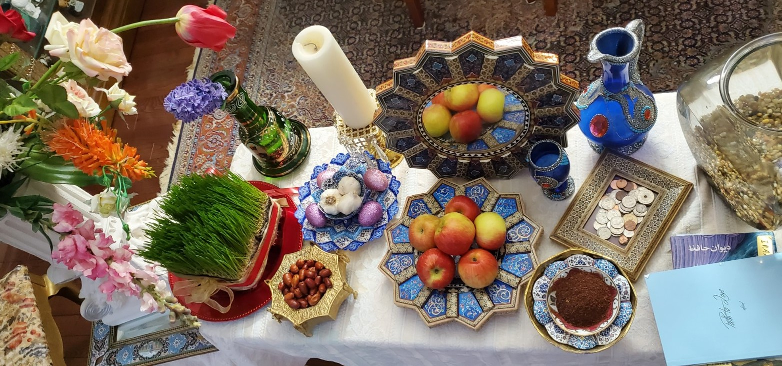
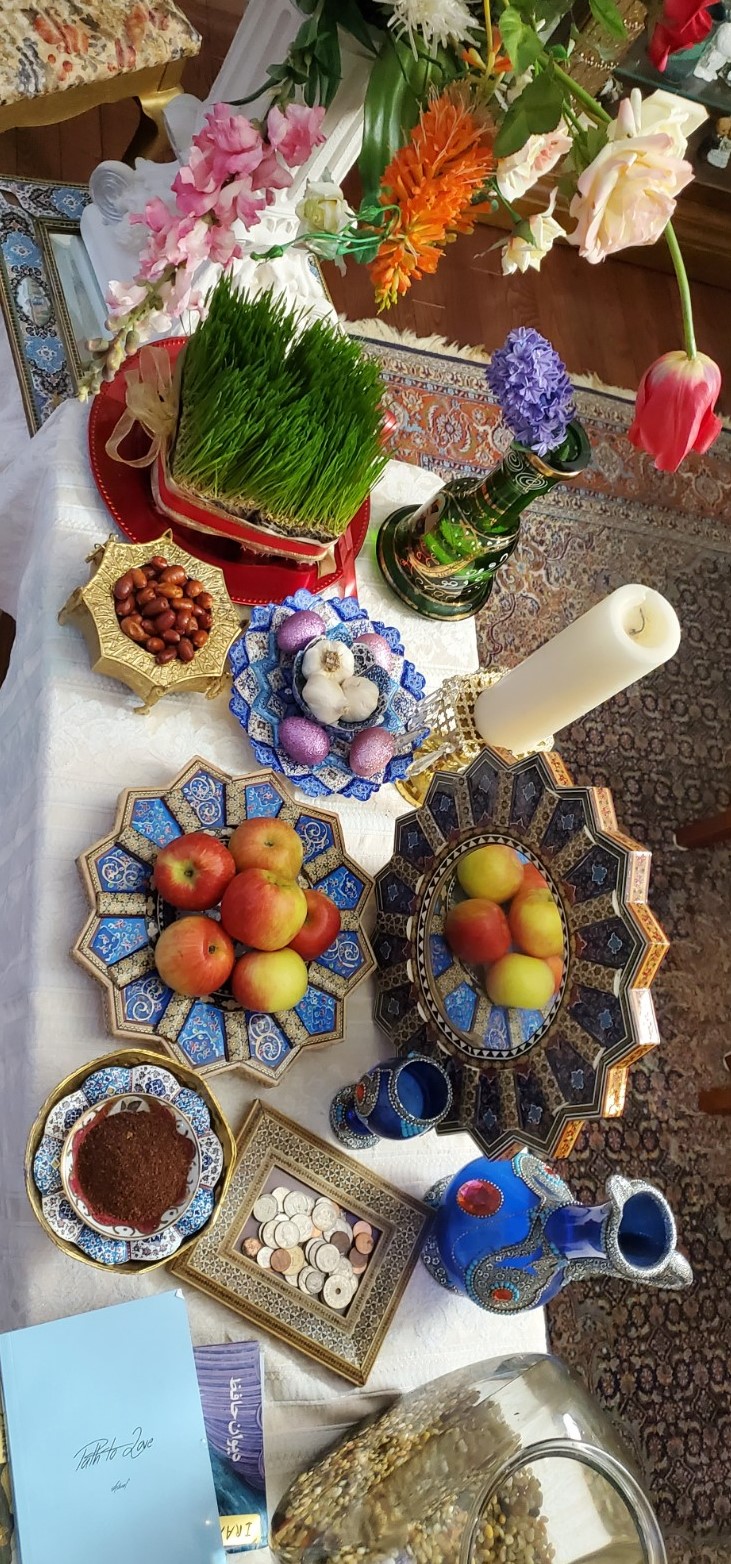 |
Exactly at 5:01 am EST on Thursday March 20, 2025– when the sun crosses the
celestial equator – millions of people across the world will celebrate Persian New Year,
also known as Nowruz or Norooz.
Nowruz [pronounced NO-ROOZ] in Persian means "New-day". It is a celebration
of the spring and the new beginning of another cycle in nature. This celebration will go
on for two weeks, as it has been celebrated for thousands of years before. At the end of
the two weeks, on the thirteenth day, all those celebrating Norooz will go out to nature
for all-day picnics, with dancing and music and cooking and eating all enjoyed with
families, significant others, neighbors, etc.
This Iranian tradition and celebration of Nowruz or Norooz goes as far back as 10,000-15,000
years ago by some estimates – beyond even the most recent Ice Age. It comes from the
time of King Jamshid (Yima or Yama of Indo-Iranian lore). However, for the last 3000
years this holiday has been celebrated in almost exactly in the same fashion and
tradition. Always, the same 7 items are placed on a tablecloth; all families gather around
the tablecloth with these items and wait for the sun to cross the celestial equator. Then,
they can start the celebration.
Today, other nations that were once part of Persian empire and continue to speak Farsi maintain this culture and tradition almost exactly as it was 3000 or more years ago. These nations include Azerbaijan, Afghanistan, India, Iraq, Kazakhstan, Kyrgystan, Pakistan, Tajikistan, Turkey, Turkmenistan, and Uzbekistan.
This holiday has its origins in the religions of Mitraism (ancient greater Iranian religion) and Zoroastrianism (ancient Iranian religion).
A few years ago, the United Nations declared Nowruz/Norooz (meaning New day) as an international holiday.
Growing up in Iran, I remember that a month before this joyous holiday one could feel palpable excitement in the air, much like one notices here in the United States around Christmas time. There was increased activity all over the country. In our home, we had painter brothers who would come every year to put a fresh coat of paint all over our house. Carpet cleaners would wash all carpets in the yard. This cleaning of the house in its entirety is called “KHOONE TAKOONY,” meaning “shaking of the house.”
Now, living in the United States, I am trying to keep the wonderful traditions of Persian New Year alive to celebrate two significant elements: nature and family. These two things are deeply intertwined with health and wellbeing.
Particularly, much emphasis in this tradition is placed on visiting the oldest in the family; everyone will go to the oldest in the family or neighborhood or workplace to show respect. In return, the oldest person reciprocates their actions sometimes during the second week of this holiday. Even if you have not seen a person for an entire year, you get a chance to meet them during this time.
Just before the New Year, families gather around what is called Sofreh Haft Seen (table setting with seven items starting with the letter “seen”). Seven was a sacred number in ancient times. The seven items are:
1. Sabzi is a sprout symbolizing “rebirth or a new beginning.” Usually it is grown from wheat or lentil.
2. Sammanue is an ancient pudding made from wheat and symbolizes “sprouting spring”
3. Seeb is apple. It represents “health and vitality and beauty.”
4. Senjad is a dry fruit of lotus tree and it represents “love.”
5. Seer is Garlic and in ancient Persia was used as medicine. It symbolizes “medicine” and keeping the sickness away.
6. Sumac berries represent “sunrise.” Zoroastrians were worshipers of the sun and energy. When the sun rises, the evil of darkness fades and goes away.
7. Serkee means vinegar. It takes a long time for grapes to turn into vinegar, so vinegar in ancient Persia symbolizes “age and patience, preservation.”
Here I would like to address the health benefits of these 7 items in the “Sofree Hafseen”:
|
|
|
|
1. Garlic ( Farsi: SEER )
In Sofree Hafseen, garlic represents medicine.
The belief that garlic wards off evil was present in Ancient Iran; in the Burnt City (located in the southeastern part of Iran), archeologists found garlic at burial sites. Garlic was widely used to combat many other ailments (Pro Elam Dynasty 3200–2700 BCE in Iran). In addition, garlic (in conjunction with onion) is an essential ingredient in almost every single Persian cooking recipe. Therefore, despite the unknown origin of garlic, one can easily conclude that garlic originated from Iran, based on the evidence mentioned above. It is interesting to know that parsley, like garlic, is also included in almost all Persian traditional table settings. This is because parsley is able to eliminate any bad smell and odor in the mouth, especially the smells associated with garlic and onion that are included in almost all Persian cooking recopies.
Garlic has many medicinal benefits. The most well-known evidence based benefit is the decrease in cholesterol levels. In 2001, meta-analysis of 13 clinical trials concluded that garlic greatly lowered the total cholesterol levels, in comparison to the placebo control group (Stevin-son et al 2001). In 2006, studies indicated a 38% reduction in triglyceride levels from the use of garlic. The reason behind it was that garlic contributed to the release of allicon through enzyme activation. In another study, garlic had an impact on reducing the total cholesterol level and significantly reduced triglycerides, but did not result in many changes in either LDL or HDL (Jabbari et al 2005). However, another study showed that garlic increased HDL (high-density lipoprotein cholesterol, also called "good" cholesterol), while decreasing the triglyceride levels (Bordia et al 1998, Sobenin et al 2005).
There are also studies which indicate how garlic has protective effects against cancers, especially colorectal cancer (Tanaka et al 2006). Another meta-analysis found significant reductions in systolic blood pressure and diastolic blood pressure (Silagy and Neil 1994).
These are just few of many studies which show how garlic can impact cholesterol levels and blood pressure. In another study, aged garlic was used in conjunction with captopril (an antihypertensive drug), and showed greater reductions in blood pressure compared to the group that used only captopril. In addition, it reduced the hypertrophy of the heart relative to the first group ( Moriguchi & Harauma 2006 ).
Garlic has many more health benefits. It is not a surprise to see ancient Persians used it as medicine.
|
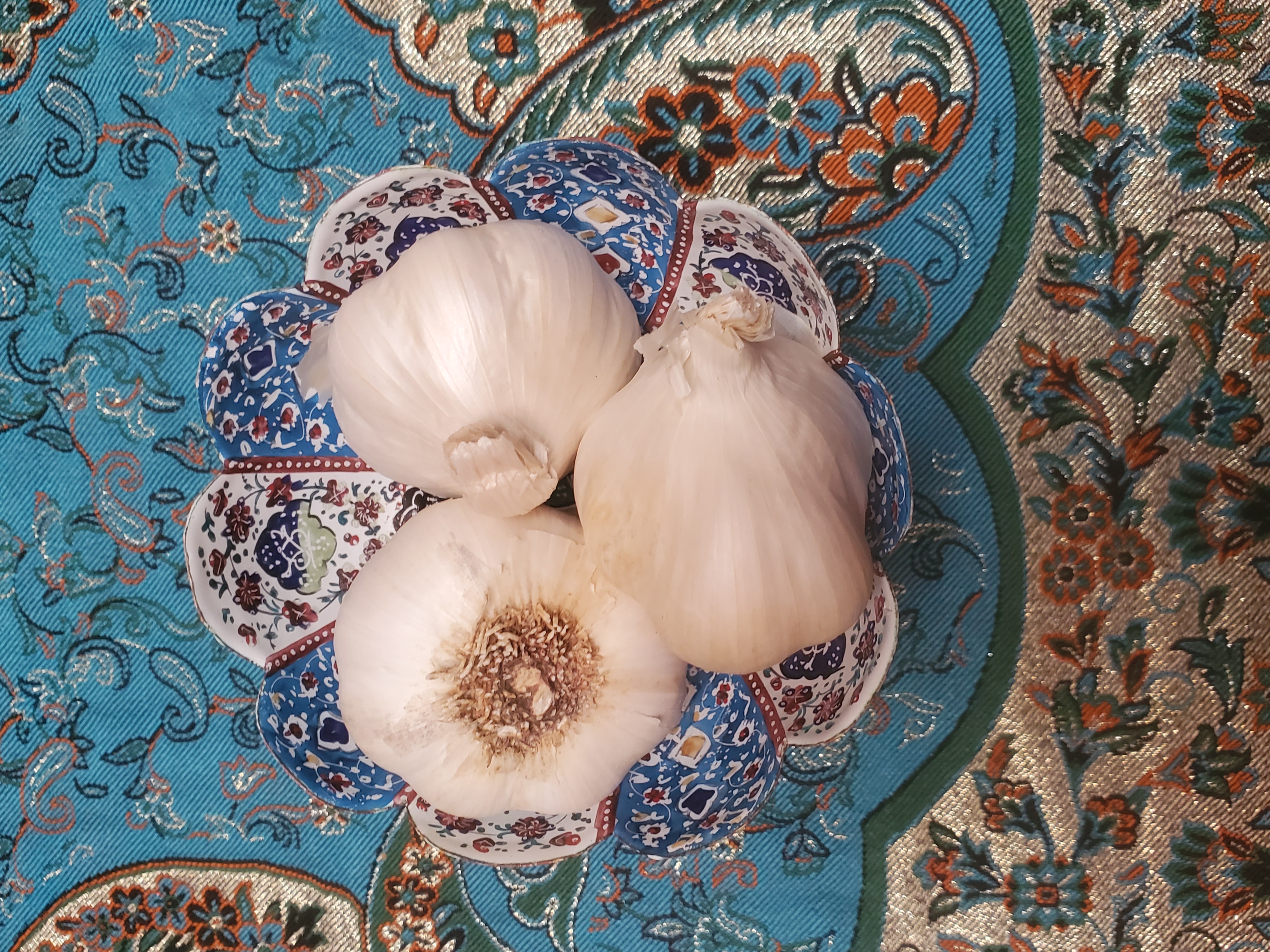 |
|
|
|
|
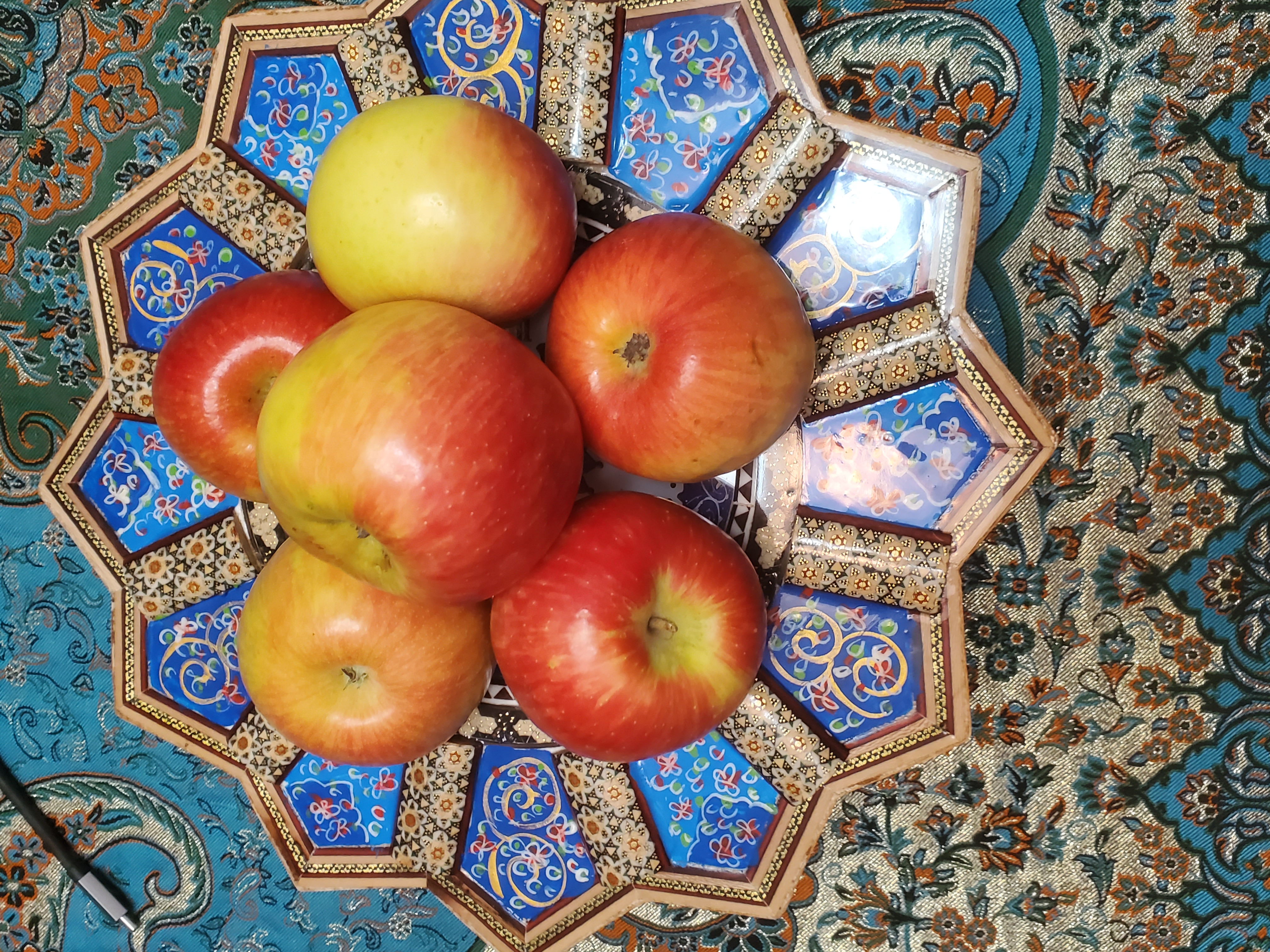
|
2. Apple ( SEEB )
Apple originated from ancient greater Iran as well. During the Persian empire, it was brought to Europe and the rest of the world. In the Persian Sofree Hafseen, the apple represents “health and beauty.” Apples contribute many vitamins and minerals, such as pantothenic acid; B vitamins such as B1, B2, B6; Niacin C, E; and minerals such as calcium, magnesium, phosphorous, potassium, zinc, copper, and manganese. It is important to recognize that the apple’s skin is where the high concentration of nutrient is located. Apples are a good sources of fiber, pectin, phytochemicals such as ellagic acide, and flavonoids such as quercetine. Apples also contain chlorogenic and caffeic acids. Due to their high antioxidant content, apples are able to fight free radicals and prevent many diseases. In one study published in the Journal of Nutrition in August of 2012, patients were given apples and plums for three months. These patients noticed a drop of 23% in cholesterol level. Scientists concluded that consumption of 75 grams of dried apple (about two medium-sized apples) can significantly lower atherogenic cholesterol levels in as quickly as 3 months. Furthermore, consumption of dried apples and dried plums is beneficial to human health in terms of anti-inflammatory and antioxidative properties).
Many epidemiological studies have shown the consumption of apples reduces the risk of diseases of cancers, diabetes, asthma and cardiovascular disease.
Apples can greatly slow down the growth of liver cancer and colon cancer cells. The phytochemical concentrations of apples varies depending on their various kinds. Fresh apples contain the most nutrients. It is important to get organic apples, as eating the apple with the skin is most beneficial, and chemicals tend to adhere to the skin.
As mentioned, apples represent “health and beauty and vitality” in Sofree Hafseen. Considering apples lower the rate of both cancer and cardiovascular diseases – two of the leading causes of death in the United States – eating an apple day truly does keep doctors away.
|
|
|
|
|
3. Vinegar ( SERKE )
Vinegar, like wine and many fermented foods and beverages, originated in greater ancient Iran and again through the Persian empire moved all over the world and into Europe. Vinegar made from grapes represents “age and patience, preservation” in Safree Hafseen. In poetry by Hafez, the famous Persian poet, there are frequent references to getting drunk in taverns. Though some of his references are more symbolic rather than literal, drinking was fairly common in ancient times in Iran. I remember that growing up my mom had a few women in the house going through the process of cleaning grapes meticulously, getting them ready for fermentation and the making of vinegar. Vinegar has many health benefits; like apple and garlic, one can easily write a book about it. There are, of course, varieties of vinegar: fruit vinegar, grain vinegar such as Chinese rice vinegar and Kombucha vinegar, Persimmon vinegar produced in South Korea, and a variety of others.
The main component of grape vinegar is acetic acid, but it also contains catechins, quceritin, proanthocyanidins. Studies have shown that acetic acid has a role in the metabolism of glucose in the liver. Also, Quercetin helps prevent diabetes by slowing the metabolism of insulin.
A study published in the Journal of Diabetic Care in 2009 indicated that vinegar can have a hypoglycemic effect, lowering the level of glucose in the morning. Therefore, it is beneficial to patients with type 2 diabetes. Catechin and flavonoids in vinegar work to keep cholesterol levels low. Grape leaves contain a very high polyphenolic content; as a result, grape vinegar has high antioxidant powers. Proanthocyanidins in vinegar prevent the formation of plaque in walls of arteries. In addition, tannins in vinegar are important in lowering and inhibiting blood platelet aggregation, therefore preventing stroke and high blood pressure.
A 2009 study published in the Journal of “Bioscience, Biotechnology and Biochemistry” indicated the reduction of body mass index among those who took 15 milligrams or 30 milligrams of grape vinegar for a period of 3 months, as opposed to those who took no grape vinegar. Those who did drink grape vinegar in the amount mentioned had lower waist circumferences and lower weight compared with those who took zero vinegar. It is important to recognize the antibacterial and antiviral effects of vinegar; for these reasons, it is a great tool to use for cleaning kitchen surfaces, instead of using carcinogenic products. Vinegar has many important benefits. I will try to touch on it in another article soon.
|
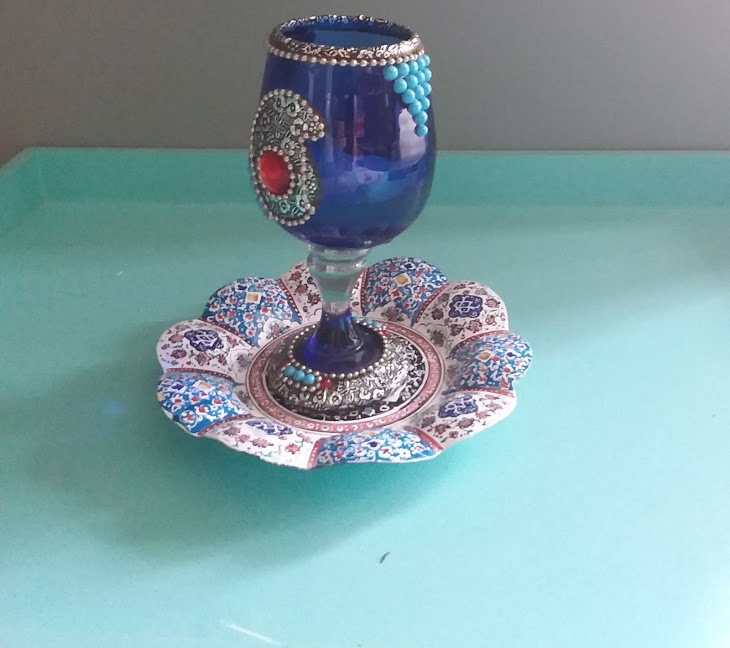
|
|
|
|
|
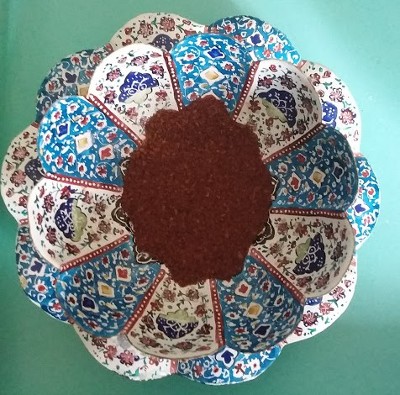
|
4. Sumac or Sumaq ( Sumac Rhus Coriaria )
Sumac belongs to the family of Anacardiaceae. It has about 260-860 known species. It is difficult to know the exact origin of Sumac. It is referred to as “Persian red spice,” and in Farsi it is called sumaq or somagh or somac, if one can translate the phonic sound of it. There are many species of sumac all over the world, but the genus of Rhus is most likely from ancient Persia, taken to places all over the world through the Persian empire thousands of years ago. In most parts of the world, it is called the same name with small variations, including around the Mediterranean region. Sumac was used in various cuisines as well as in medicine in ancient times. It is also added over kabab even in modern times and sprinkled over the rice to give it a slightly sour or lemony flavor.
It has also been used as medicine in the United States. The species “Rhus glabra” or “Rhus typhina” is used mostly in Iowa and the Midwest by Native Indians for its medicinal purposes, as well as for cold summer drinks. In ancient times, it was used for coloring and tanning leather in the middle east and Mediterranean region.
Sumac contains 4% tannin, as well as organic acids such as malic and gallic acids, tartaric acid, selenium, calcium, and high vitamin C, malate, Gallic-acid-methyl ester. Tannins are mostly in the bark and root.
Sumac also has high vitamin C content, in addition to potassium, phosphorus, and protein and fiber. Because Sumac contains lots of antioxidant and phytochemicals, it has the ability to fight with free radicals and play a protective role in cardiovascular diseases. Studies have shown sumac berries have many health benefits, including anti-inflammatory, anti-fungal, and antibacterial benefits. The anti-inflammatory benefits of sumac had been noticed using Sumac extract or berries. Sumac is used for healing inflammation in the skin, including wound healings. Chewed sumac leaves can be applied to skin rashes. Traditionally, sumac (Rhus Glabra) is used in asthma, bloody diarrhea, and tuberculosis. Sumac is known for increasing breast milk and other issues like excessive vaginal secretion, mensural cramps, or anduterine prolapse. There have been some anti-tumor activities noticed in patients with breast cancer after the use of the edible staghorn fruit extract of sumac.
In Noroose Sofre or Haft Seen, sumac represents the colors of the sunrise.
|
|
|
|
|
5. Sabzi
Sabzi is sprouting greens. In Haft Seen, it symbolizes a “rebirth or a new beginning.” Mostly, Iranians use lentils or wheat for this occasion.
Lentils have a history of thousands of years in greater ancient Iran, going back as far as 6000 years. The lentil plant, Lens culinaris, belongs to Leguminosae family. I hope readers understand that farming started from this region, so many fruits, vegetables, and wheat originated from this region and spread through the Persian Empire all over the world. It is discomforting to see how, with most things that are originated from the greater Iran region, credit is given to others without mentioning the name of Iran or Persia.
Lentils are currently a staple food in many parts of the world. They are healthy and excellent sources of proteins. One cup of lentils contains 17.9 grams of protein. In addition, they are rich in iron and vitamin B6, as well as good sources of vitamin C. Lentils, contain a good level of carbohydrates, copper, B1, B2, niacin, pantothenic acid, pyridoxine folate, vitamin k, manganese, and potassium. The bioavailability of iron in lentil is affected by its germination and fermentation. In addition, lentils contain vitamin E, Choline, and vitamin A. The level of selenium depends on the soil. Lentils contain polyphenols including tannins.
Because they are good sources of soluble fiber (one cup contains 15.6 grams of fiber, more than half of daily requirements), lentils are good for maintaining good hygiene in bowel movement. It has also been known to lower cholesterol levels. Catechin and digallate procyanidin are the dominant polyphenols in red lentils. Research and analysis of 90,630 women in the Nurse’s Health study all showed the inverse effects of lentils in patients with breast cancer due to their polyphenol content. In another study, lentils significantly lowered cholesterol in patients who consumed dietary pulses (130 gram/daily of beans one serving a day). These patients showed a significant decrease in LDL cholesterol levels at the end of the study. In another meta-analysis in Canada, the scientists found that eating one cup daily of beans such as lentils or chickpeas could increase the feeling of fullness, therefore leading to less eating and to weight loss. In addition, lentils have a low glycemic index (for green lentils it is 30, while red lentils are 26). As a result of their low glycemic index, they have also been shown to lower the serum blood glucose level. In another study, 50 gram of lentils for diabetic patients led to a significant decrease in fasting blood sugar. So enjoy your lentils daily. It may become a new beginning to your health as well, as it symbolizes “new beginning or Rebirth “ in Persian New Year.
|
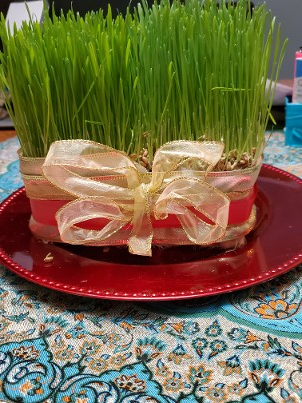
|
|
|
|
|
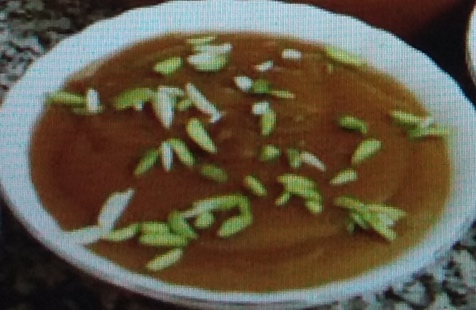
|
6. Sammanu, ( wheat sprouted )
Sammanu is a creamy and delicious sweet pudding made of wheat sprouts, indicating the level of sophistication of Persian cooking a few thousand years ago. It takes about a week in total from first germinating the wheat, to sprouting, and then to cooking it and turning it into a delicious dessert served during Persian Noroose. Sammanu represents sprouting spring and growth. This sweet pudding has no added sugar, as wheat and flower together create their own sweetness. This dish has Zoroastrian roots and moved to Arab countries much later; it is called Halva. This Zoroastrian dish is made during this holiday to celebrate the return of their ancestors visiting earth on the last day of New Year’s (Food of life p.381).
|
|
|
|
|
7. Senjad Diospyros lotus
Senjad, the dry fruit of the lutos tree, represent love. Unfortunately I was unable to find any literature or scientific documents about its medicinal us at this time. But, I will keep you updated.
|

|
|
|
|
|
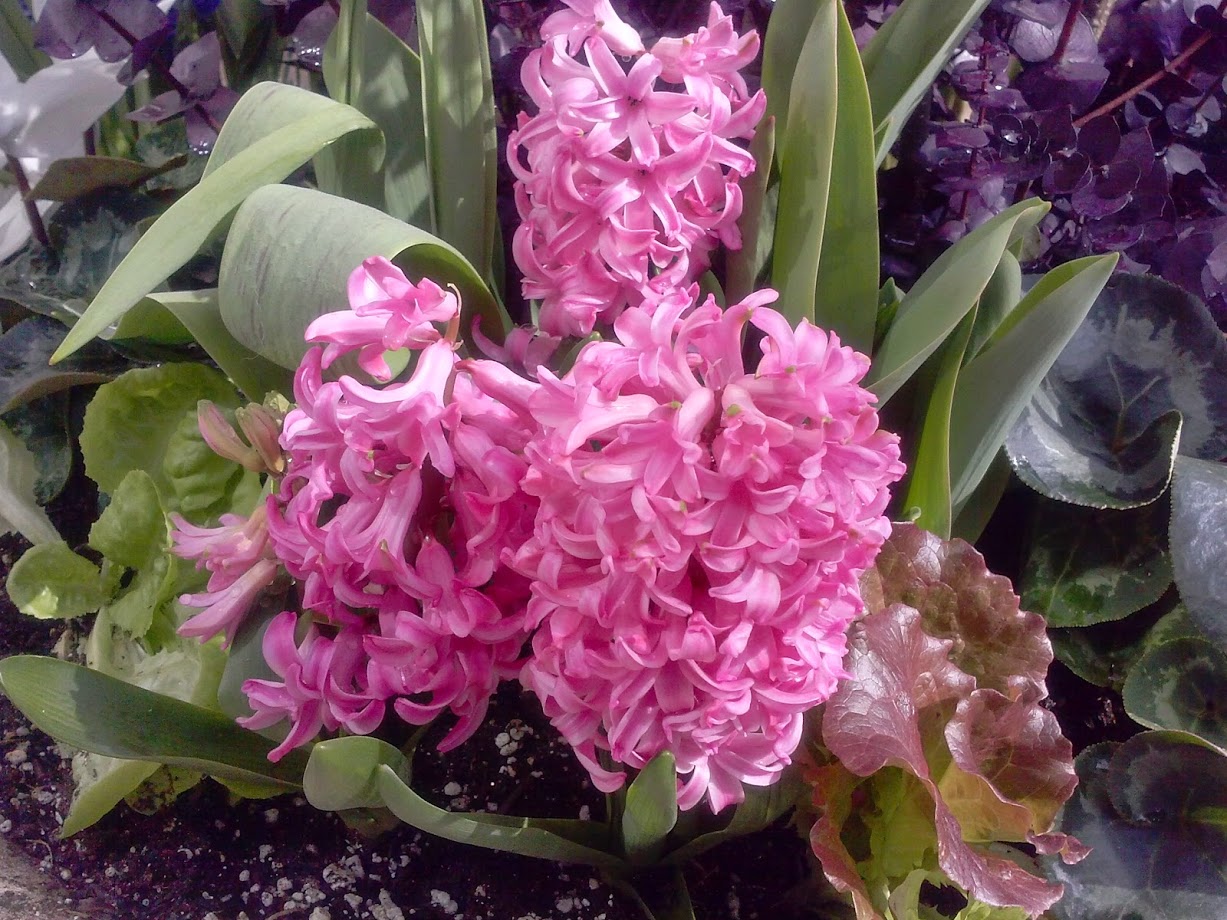
|
Hyacinth plant
The hyacinth plant is from ancient greater Iran and is currently grown all over the world. This colorful plant has been a beautiful addition for Sofreh Hafseen for thousands of years. It not only smells beautiful, but its various purple, white, or pink colors herald the beginning of spring.
Other things accompanying Hafseen are:
- Nuts: especially walnuts, almonds, sunflower seeds, pumpkin seeds, and pistachios.
- Sweets made of almond flours or chickpeas and rice flours. Cookies are used to serve guests, with jasmine tea. According to legend, King Jamshid discovered sugar in Nowruz; the word candy is rooted in the Farsi word “ghand.”
- Colored eggs: this Easter tradition in the West also originated from Iran.
- There is also a red fish in a bowl, representing the constellation Pisces, which is associated with the end of the year.
|
|
|
|
Additional Articles
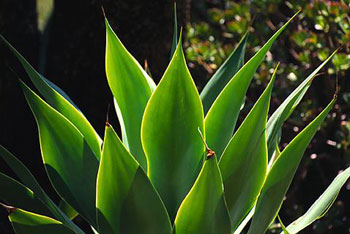
Seven herbs and supplements for type 2 diabetes
Read More
|

Snake Plant Boosts Oxygen for Better Sleep!
Read More
|

Best Herbs to Prevent and Treat Hypertension, the Silent Killer
Read More
|
|
|
|
|